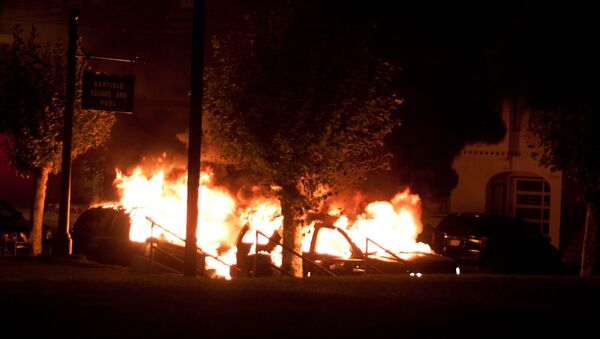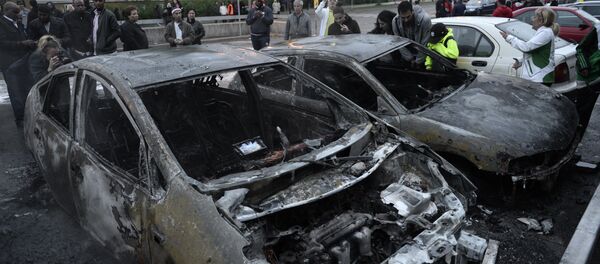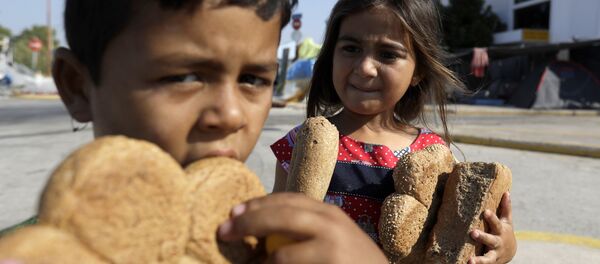Last night, two more cars were set on fire in Copenhagen, the Danish tabloid newspaper Extra Bladet reported. According to Copenhagen Police, the two incidents happened in adjacent neighborhoods. As the two locations were only about two kilometers apart, the fires could have been started by the same offender.
So far, no one has been injured in the wave of vehicular arson that Copenhagen has endured for over a week now. Danish police have been cautious about drawing suggestive parallels with Sweden, where the never-ending series of car blazes triggered strong reactions from irate residents, struggling police and the confused authorities.
Nå, men skulle man egentlig ikke snart flytte ud i en fredelig forstad? 😳 #Nørrebro #bilbrand #stopitpls pic.twitter.com/BPAZ9bgTic
— Mette Nielsen (@86Mette) August 29, 2016
"It is still too early to establish any connection to the fires that have happened in Sweden. Moreover, this is also irrelevant. We won't tolerate the systematic burning of cars in the streets of Copenhagen anyway," police spokesman Rasmus Bernt Skovsgaard told Danish newspaper Berlingske, stressing that Danish police officers are "naturally talking" to their Swedish colleagues.
"Car burnings are overrepresented in vulnerable areas in major cities," Stefan Anering, deputy head of fire and accident prevention unit at MSB told Swedish newspaper Dagens Nyheter.
In Sweden, 65 blighted urban districts have been officially recognized as "exclusion areas" and are commonly referred to as "no-go zones" and "ghettos," where police and ambulances seldom dare. According to an even less optimistic survey, compiled by Kurdish-Swedish researcher and economist Tino Sanandaji, the number of "parallel societies" reached as many as 186 already in 2014. In Denmark, the number of marginalized and troubled neighborhoods tends to hover at around 30.
"It is rare that the fires persist without anyone hurling stones or seeking conflict with the police," Manne Gerell, a doctoral student in criminology at Malmö University, who conducted research on car fires and riots, told Swedish newspaper Svenska Dagbladet.
The spate of car fires is commonly blamed on two reasons: increased segregation and few visible policemen. Sweden's understaffed and severely criticized police have recently proposed utilizing drones to keep an eye on the troubled neighborhoods.
Lyssna på kaj!! Han har något viktigt att säga: https://t.co/4D0cEvEyrG #bilbrand
— Marcus Aronsson (@AronssonMarcus) August 23, 2016





